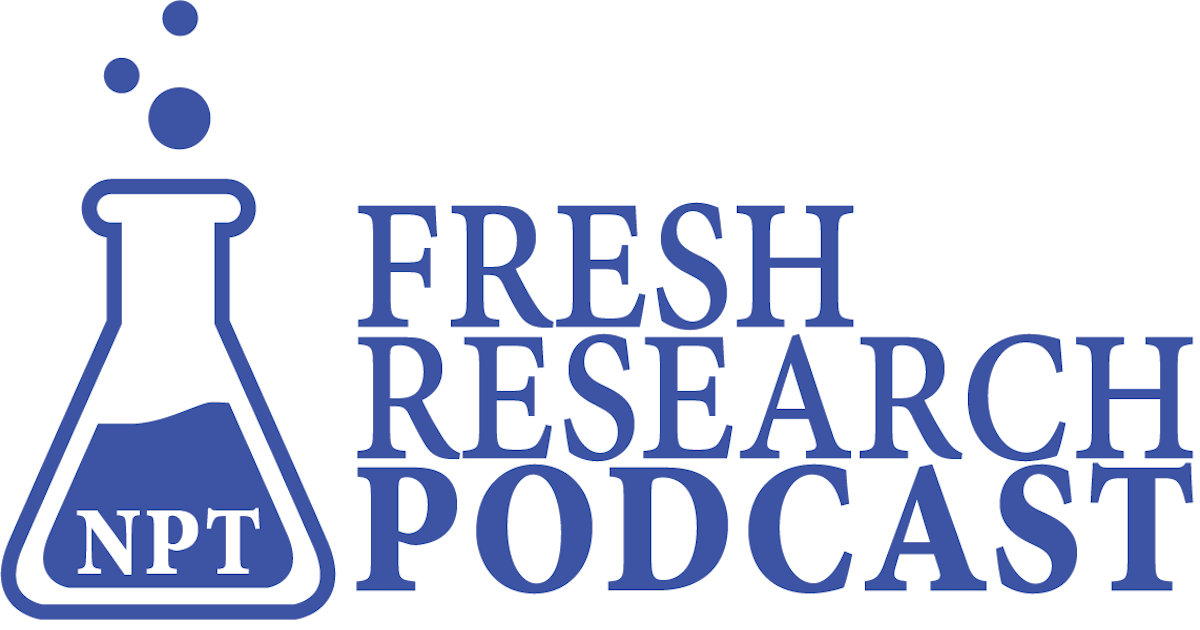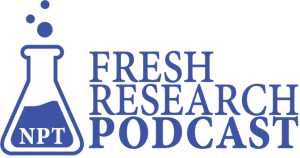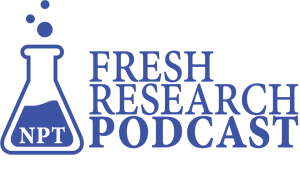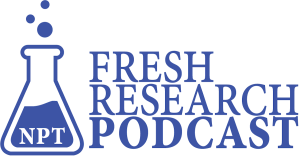The percentage of household income given to charity each year generally runs about 2 percent across most income levels, but goes up with wealth, according to a new research paper.

Benjamin Priday, a Ph.D. candidate in the Department of Economics at Texas A&M University, joined the Fresh Research podcast to discuss, “Generosity Across Income and Wealth Distributions,” a paper he wrote with Jonathan Meer, professor of economics at Texas A&M.
“We look at the likelihood of giving, the amount given, and then also the percent of income given. There’s important findings across all those outcomes but probably the outcome that interests most people is the percent of income,” Priday said.
In general, giving as a percentage of income is relatively flat across income levels, according to Priday, but the percent of income given increases with wealth. “And so that’s one of the main findings and that runs pretty counter to what other people have found. We show in our paper the reason that we find things so different than what other people have found is because that effect is typically driven by outliers and by omitting controlling variables like household wealth,” he said.
Giving tracks between about 1.4 percent and 2 percent of household family income, remaining “remarkably stable across income levels,” Priday said. The majority of households are grouped in the range of 1.7 percent to 1.9 percent levels. “And that’s pretty stable across income groups and really much more stable than what other people have shown in the past,” he said.
The highest giving, 2.01 percent, occurs in the lowest income group — households earning less than $11,000 annually. The majority of givers in that income group, however, are not actually very poor households. “There’s a good amount of people who are actually higher wealth people — maybe retirees who have a lower income but have accumulated assets and wealth that they donate out of instead,” Priday said. Those outliers will affect the averages for that group. The next highest level is 1.9 percent of income to charitable giving, and that comes from households earning $160,000 to $200,000 a year.
Priday used the Panel Study of Income Dynamics (PSID) to study those households but that data does not sample super-wealthy people. To examine households that earn more than $500,000 per year, he used Internal Revenue Services (IRS) Statistics of Income data. Households earning more than $500,000 gave more than 2 percent of income to charity, all the way up to 8.5 percent for households making more than $10 million a year.






